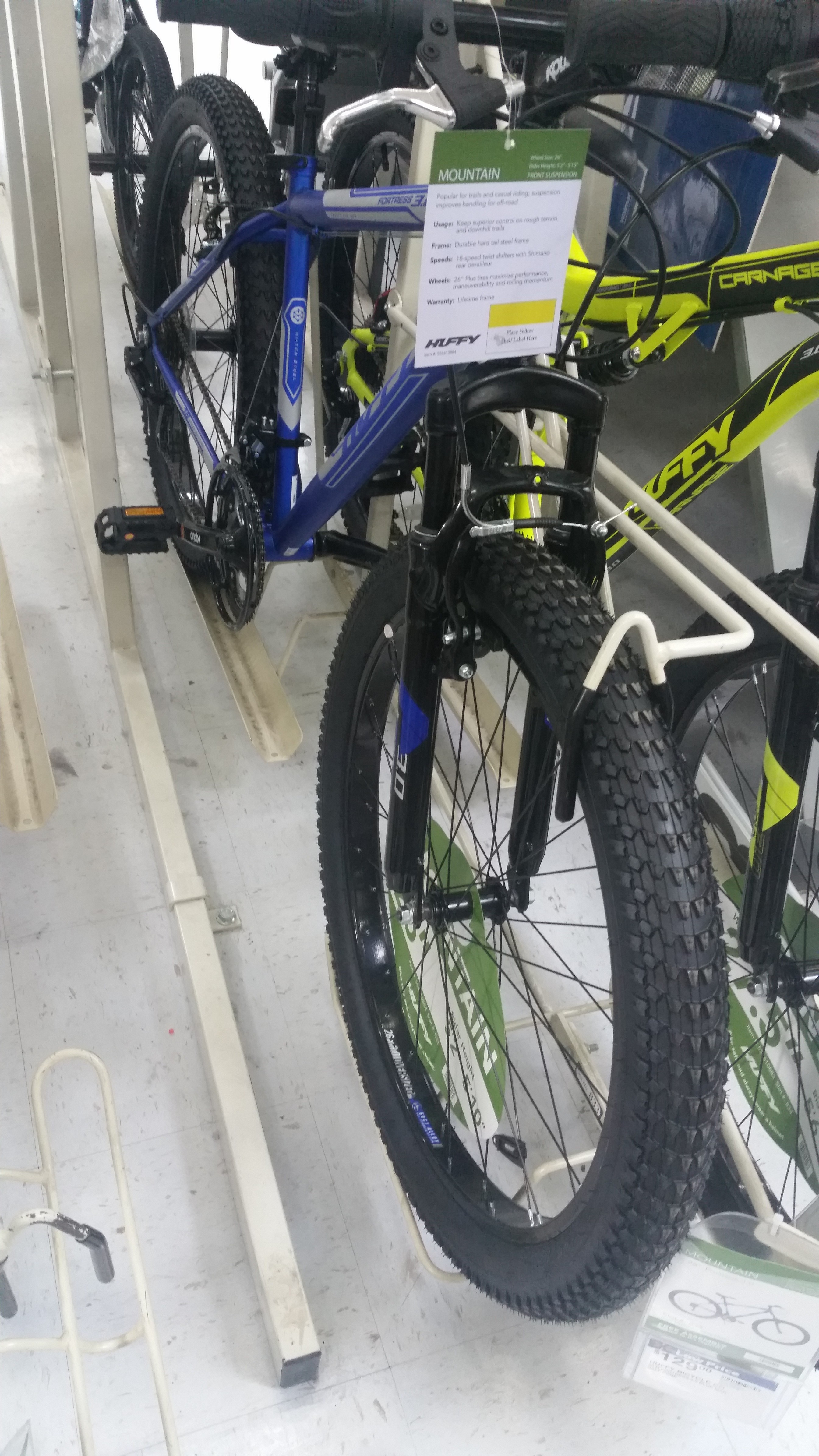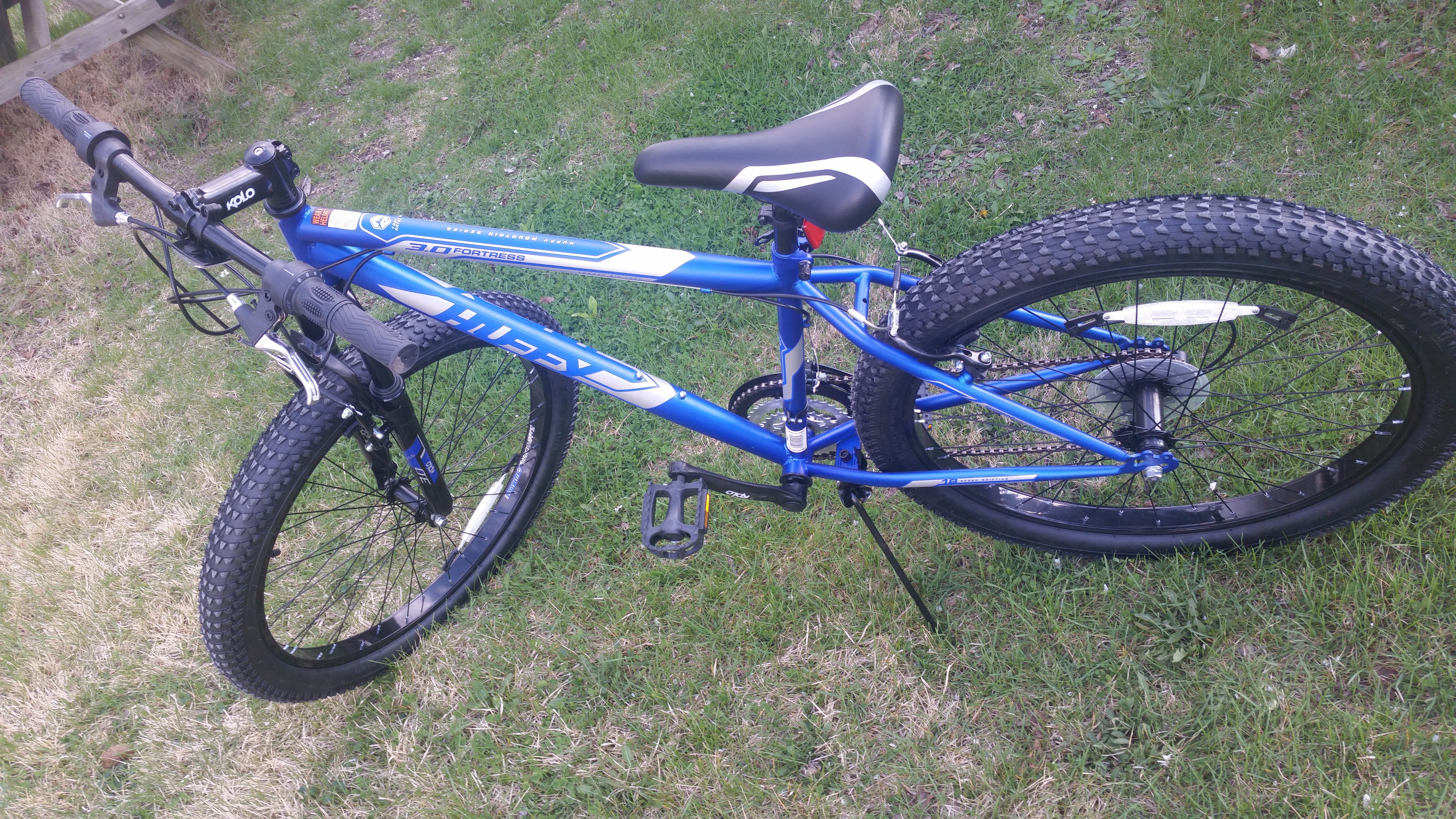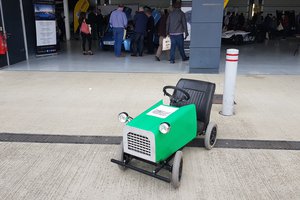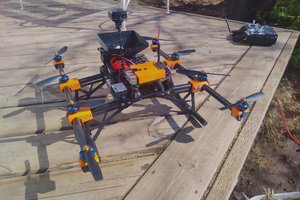The basic idea of this project is to get a 'fat bike' frame and tires, toss on a hub motor, controller, and battery, clean it up a bit, and have a mean, green, electric toe crushing machine!
There is of course a sacrifice in efficiency by going with large tires and a larger frame, of course. More rolling resistance, added weight, etc. However the trade offs, at least in my opinion are worth it. I live in the midwest, where rain is a more than common occurrence, which often leaves the roads and sidewalks damn. My last e-bike was built on a more standard frame, with standard sized wheels. They didn't have a lot of traction, which lead to a handful of crashes, however thankfully at low speeds, and while wearing adequate safety gear (don't forget your helmet!) This time around, I wanted to avoid that. And thus far, these tires are doing the job. Furthermore, bigger tires makes for a smoother ride. A fair bit more cushion, etc. Lastly, it stands out.
Now, I'm not some kind of self centered person who likes to stand out from the crowd, far from it in fact. However if you stand out while riding a bike, that means people notice you. Particularly people in cars, riding alongside you that would otherwise pay no or minimal attention to you otherwise. I get a lot of people looking at me as I'm riding this thing around, but in this case, that's a good thing! This means they are acknowledging that I'm there, and are less likely to make unplanned rapid contact with my bike and I.
This bike was both fun to build (well...other than the battery, but more on that later), and is definitely fun to ride. It cruises right around 27-30mph on flat roads, and with a 1000w controller, gets about 7-10 miles without pedaling (and that's in fairly hilly terrain, I might add) on my scratch built, 13s 10.5ah pack. I am considering downgrading to a lower wattage controller in order to have a longer range. This will result in slower acceleration (however that will be easily made up by pedaling), but will draw less current, prolonging both the range of the pack, and the overall lifespan. Overall, I'm happy with how it turned out, and is a great means of secondary (or even primary, once I get some panniers made up) means of transportation.
I'm unsure of how much detail I will be able to provide, as I had to get the bike assembled at an expedited rate, as it became my means of getting to work for a short duration as I was repairing my car. That being said, I didnt get to take as many pictures as I would've liked for a full tutorial. If you have any questions regarding particular details of this build, don't hesitate to leave a comment below, and I'll see what I can do :)
 Glytch
Glytch



 Dylan Radcliffe
Dylan Radcliffe
 Quinn
Quinn
 praetorian
praetorian